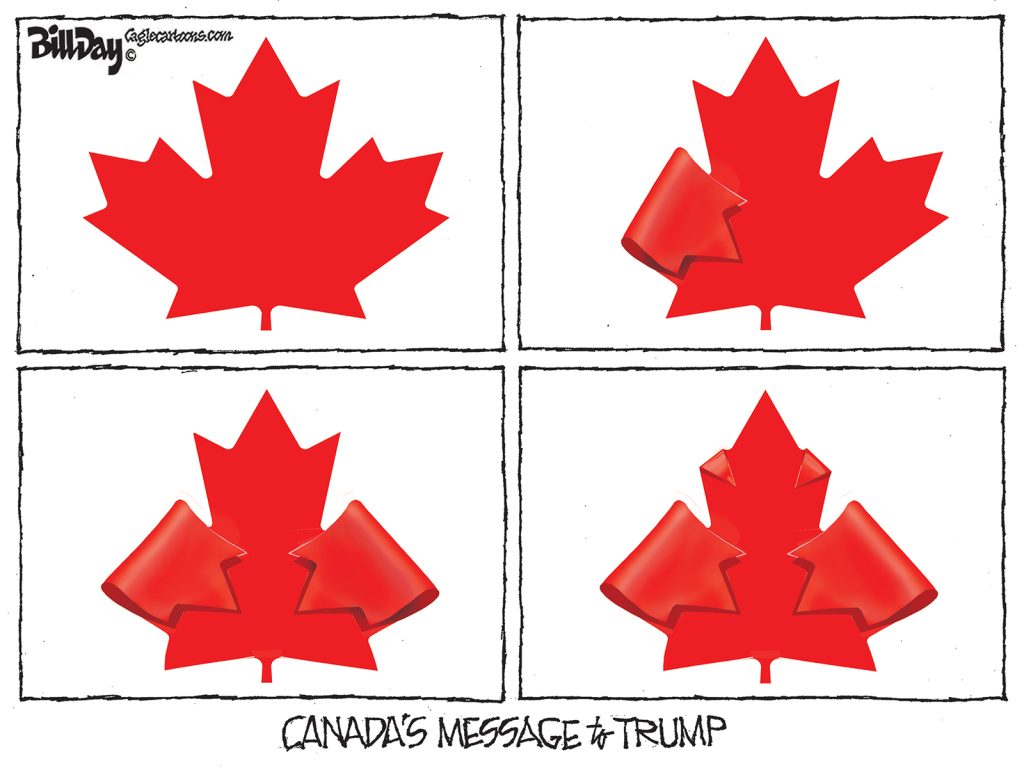From Education Week:
What do we do on Monday morning is the perennial question that arises after attending a conference where heady ideas are discussed in an atmosphere of urgency and expectation. The question certainly was on my mind as I settled into my flight home from Paris after attending World Teacher’s Day at UNESCO headquarters there.
As those of you who have followed my and Dan Brown’s posts–the agenda was a full and ambitious one: shaping a global profession of teaching to meet the world’s growing educational challenges.
Somewhere in Between
Except in a handful of the highest performing countries where the status of teachers is already secure and on a strong trajectory, most countries are focusing on raising the public opinion of teachers. The talk is all about “the profession” and establishing teaching as a true profession. In places such as Serbia and the Philippines, Guinea and South Africa, there is much work to be done.
Oddly, the U.S. falls somewhere in between the highest performers and these developing countries, a condition that is not only unusual for us but uncomfortable – at least for me. The U.S. leads the world in every other profession, and we’ve done it through very conscious and strategic decisions, primarily coming from within those professions. There is no reason we shouldn’t do the same in education.
Something we’ve heard repeatedly at the International Summits on the Teaching Profession and in other venues is that the high performing countries typically come to the U.S. to learn best practice from us. Where we have difficulty taking these ideas to scale, however, they seem to figure out how to do that. Simply put, we are being bested by our own best ideas!
A Critical Time for Education in the U.S.
The teaching profession around the world and in the United States is entering a world-historical moment where its importance and impact is almost universally acknowledged, but in which systems and standards still need to be developed; new roles and responsibilities innovated, and new compensation structures established.
Even more important, we should attend to the successful innovations we have created at home, just as other countries are doing. Teacher leadership is one example. There are a growing number of teacher led schools and teaching partnerships that use master teachers in new roles. In the process, they are developing more vibrant school cultures, promoting more powerful teaching and learning, increasing student success, and developing more powerful professional learning communities.
States have begun to develop new roles and responsibilities through teacher career ladders, but despite this progress, their efforts are disconnected. There is (of yet) no agreement on standards, roles, or how we assess effectiveness in such roles. These expanded opportunities for teachers to lead within their profession will determine the direction of teaching, towards either an occupation or a true profession in our country.
The National Board with its nearly 100,000 credentialed accomplished teachers is looked on enviably as an international model worthy of replication. But here at home, it has fallen victim to America’s almost ADD approach to education reform. America still seems too prone to chase fads and phantoms in education reform, rather than systematically developing educator expertise across the career span. Ironically, from the conversations I was in at UNESCO, I suspect that the next “good idea” other countries will be taking from us is the structure and mission of the National Board itself. We’ve defined standards for accomplished teaching and a certification process to expand its presence in classrooms, schools, and districts.
The rest of the world is charting a course toward accomplished teaching. My big take-away from the conference is that it may be time to bring our best ideas to scale here at home, rather than wait to “discover” them as the reason for some other country’s educational success story.



